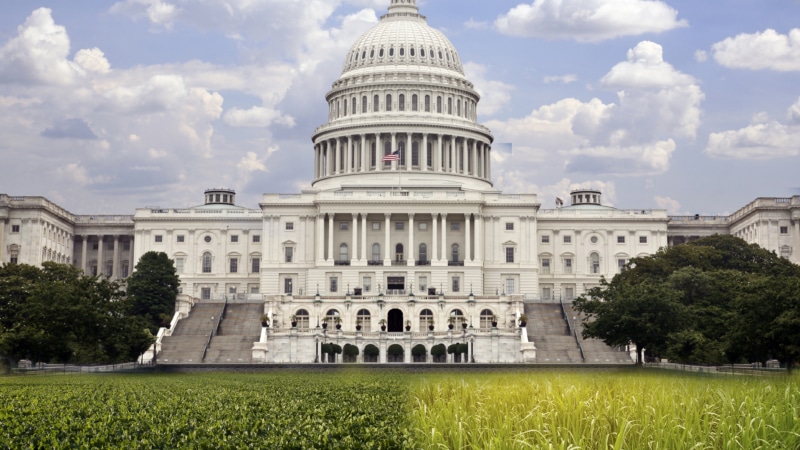New Report Highlights Resiliency of America’s Sugar Supply Chain
America’s sugar supply chain proved resilient in the face of immense challenges in 2019 and 2020, in large part due to the stability provided by U.S. farm and trade policies, the American Sugar Alliance (ASA) stated in a report submitted to the U.S. Department of Agriculture (USDA).
This report was developed by industry economists Jack Roney and Dr. Rob Johansson and provides an in-depth analysis of how the domestic sugar industry successfully responded to rapid shifts in consumer demand due to the COVID-19 global pandemic while dealing with the impact of a disastrous harvest. As Americans were sheltering in place during the pandemic, dining at restaurants and other commercial food outlets decreased sharply as Americans turned to dining at home. This increase in home cooked meals translated to increased grocery store sales of sugar. The U.S. sugar industry responded to this dramatic change in the distribution supply chain to keep Americans well supplied. Moreover, no manufacturer was forced to close operations due to lack of sugar supplies.
That is because America benefits from a robust domestic sugar industry that supports 142,000 jobs in 22 states and produces high-quality sugar at an affordable price. More than 90 percent of the sugar consumed in the United States is either grown on 11,000 family farms or refined from raw sugar by American cane sugar refiners.
There are several factors that have contributed to the success of the domestic sugar supply chain:
- The sugar industry is geographically diverse. Approximately half of America’s sugar production comes from sugarbeets, grown in 11 states, and sugarcane, grown in three states. These crops are processed in 45 mills, factories, and refineries across the country and sugar is distributed from 91 locations strategically located throughout the United States
- The sugar industry is vertically integrated. The domestic sugar industry is largely structured as farmer-owned cooperatives. These cooperatives have made investments to respond efficiently to supply and demand challenges. The cooperative structure also allows producers to earn more of the food production dollar, supporting our vital rural communities.
- The sugar industry is sustainable. Over the past 20 years, America’s sugar farmers have produced 16 percent more sugar on 11 percent less land while operating under some of the world’s highest environmental and labor standards.
- The sugar industry is supported by successful farm and trade policies. America’s sugar policy ensures that we have the flexibility to respond to challenges and maintain a secure supply of sugar. All at no cost to taxpayers.
“Sugar is a critical good, and we are proud of the way that America’s sugar farmers and workers have always stepped up to keep America supplied with this sweet ingredient,” said Jack Pettus, ASA’s chairman. “A strong domestic sugar industry plays a key role in our national food security and contributes to the economic well-being of our rural and urban communities. It’s critical that the United States maintain the strength and integrity of the successful farm and trade policies that underpin a viable and resilient sugar supply chain.”
Please click here to review the full report provided to the USDA.



